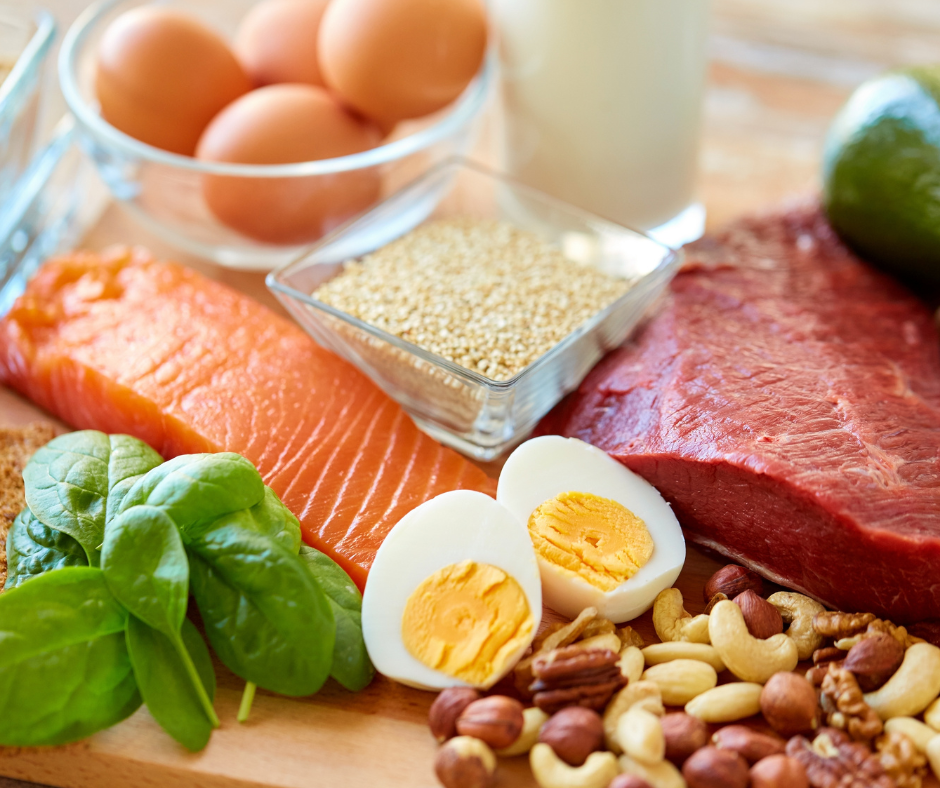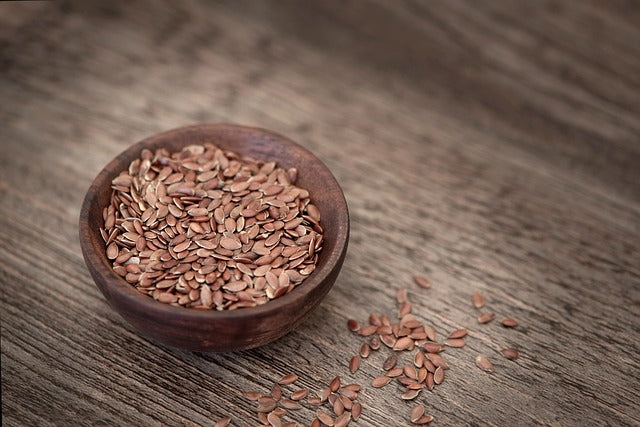In today’s fast-paced world, it’s easy to overlook the fundamental building blocks of our health. Among these, protein stands out as a crucial component for women at all stages of life. Just as the gut-brain axis connects our digestive health to our emotional well-being, protein plays a pivotal role in maintaining physical strength, mental clarity, and overall vitality. Understanding the importance of adequate protein intake can empower women to optimize their health and well-being.
Why Protein is Vital for Women
Protein is not just a macronutrient; it’s a cornerstone of health. It plays a key role in building and repairing tissues, producing enzymes and hormones, and supporting immune function. For women, the importance of protein becomes even more pronounced during various life stages—puberty, pregnancy, breastfeeding, and menopause.
During these times, the body requires more protein to support the physiological changes occurring. Research suggests that women should aim for approximately 1.0 to 1.2 grams of protein per kilogram of body weight. This translates to about 46 grams for the average sedentary woman, but higher levels may be necessary for those who are active or pregnant.
Step 1: Understand Your Protein Needs
Before embarking on any dietary changes, it’s essential to assess your individual protein needs. This can be done by consulting with a healthcare provider or a registered dietitian, who can provide personalized recommendations based on your lifestyle, activity level, and health goals.
Keeping a food journal for a week can also illuminate your current protein intake. Note what you eat and how you feel after meals. This awareness can lead to valuable insights about how your body responds to different protein sources and help identify areas where you can boost your intake.
Step 2: Choose Quality Protein Sources
Not all proteins are equal. Prioritizing high-quality protein sources can significantly impact your health. Animal-based proteins like lean meats, poultry, fish, eggs, and dairy products are complete proteins, meaning they contain all the essential amino acids your body needs.
However, plant-based proteins are also vital and can be an excellent addition to any diet. Foods like lentils, chickpeas, quinoa, nuts, and seeds provide protein while offering additional health benefits, such as fiber and antioxidants. A diverse protein intake ensures you’re not only meeting your protein needs but also supporting your overall health.
Step 3: Spread Your Protein Intake
How you distribute your protein intake throughout the day matters just as much as how much you consume. Aim to include protein in every meal and snack to maximize muscle protein synthesis. This could mean starting your day with a protein-rich breakfast, such as Greek yogurt with fruit and nuts, followed by a lunch that includes grilled chicken or tofu.
Even your snacks can be an opportunity to add protein—think hummus with veggies, a protein shake, or a handful of almonds. This approach not only helps you reach your protein goals but also keeps you satiated, preventing those mid-afternoon energy crashes.
Step 4: Consider the Mind-Body Connection
Just as the gut influences the brain, the relationship between protein and mental health is profound. Consuming adequate protein can positively affect your mood and cognitive function. Amino acids, the building blocks of protein, are crucial for producing neurotransmitters that regulate mood and emotional health.
Incorporating mindfulness practices into your daily routine can enhance this connection. Activities like meditation, yoga, or even simple deep-breathing exercises can reduce stress and improve your relationship with food. When you feel balanced and centered, you’re more likely to make healthier food choices and enjoy the process of nourishing your body.
Step 5: Embrace the Power of Community
Nutrition doesn’t have to be a solitary journey. Sharing meals with friends or family can enhance your enjoyment of food and encourage healthier eating habits. Consider cooking together, hosting potlucks, or simply gathering for meals. These social connections can provide motivation and support, making it easier to stick to your nutritional goals.
Additionally, engaging with online communities or local support groups focused on nutrition can be beneficial. Sharing tips, recipes, and experiences can inspire you to explore new protein-rich foods and discover ways to incorporate them into your daily life.
Bottom Line
In a world where quick fixes and fad diets often take center stage, it’s essential to return to the basics of nutrition—specifically, the importance of protein for women. By understanding your individual protein needs, choosing high-quality sources, spreading your intake throughout the day, nurturing the mind-body connection, and fostering community, you can harness the power of protein to enhance your health and well-being.
Remember, nourishing your body is a journey, not a destination. By prioritizing protein, you’re taking a significant step toward a healthier, more vibrant life. So let’s embrace the protein-rich foods available to us, celebrate our bodies, and empower ourselves to thrive at every stage of life.




